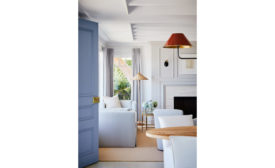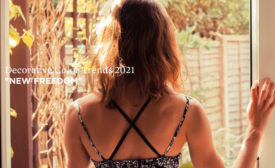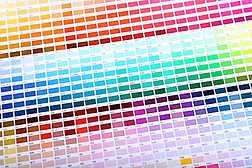Home » Keywords: » colors
Items Tagged with 'colors'
ARTICLES
VOC-Free ECOS Paints Collaborates With Interior Designer Lisa Tharp
Introducing “Lisa Tharp Colors”
Read More
advertisement
Bold and Beautiful: Clariant's "New Freedom" Decorative Color Trends 2021
March 1, 2021
Keep the info flowing with our eNewsletters!
Get the latest industry updates tailored your way.
JOIN TODAY!Copyright ©2025. All Rights Reserved BNP Media.
Design, CMS, Hosting & Web Development :: ePublishing










